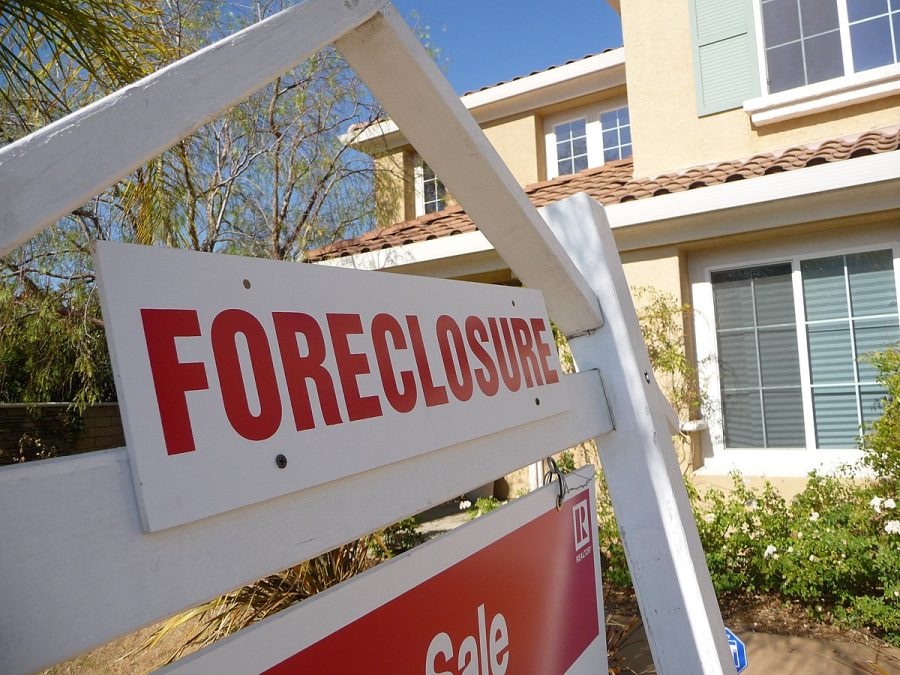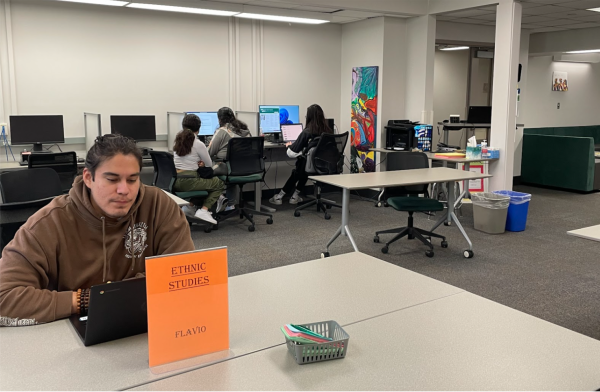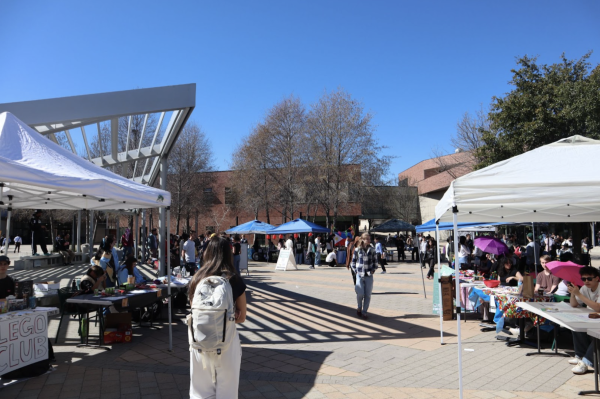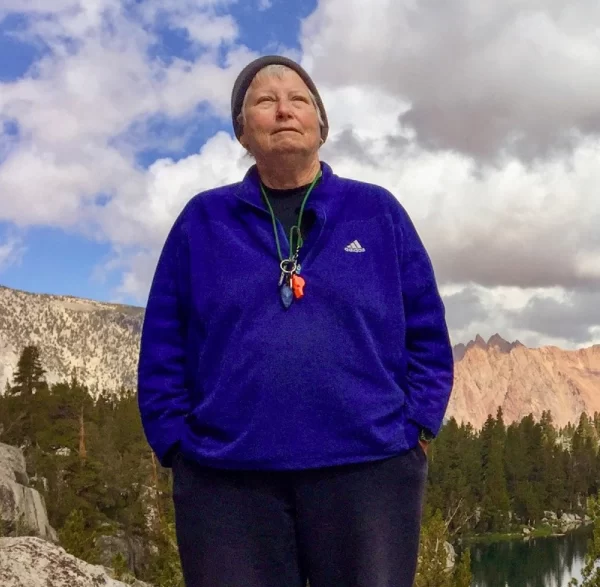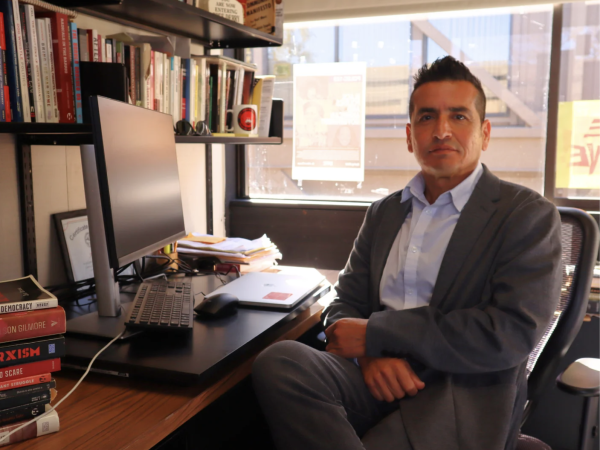Students Struggle to Find Affordable Housing As More Young People Flee the State
Affordable housing in California has become increasingly difficult to find, especially for middle-and lower-income residents. Young people in the East Bay are no exception.
“As someone who is just starting their career, the average income needed to purchase a home is really high,” said 22-year-old Antioch resident Juan Zanella.
“Two people who are advanced in their careers can afford a place here in the Bay Area, but someone like me who is just starting out can’t. It makes me feel crazy.”
Another local resident, 27-year-old Michael Najera from Brentwood, said, “Affordable housing is a crisis [in California], especially for young people like me. The options we try to find around here do not look good at all, and I don’t think it’s something we should accept as normal.”
Housing costs in California have been historically higher than the national average, particularly in coastal cities like San Francisco and Los Angeles. The difference today is that those high prices have crept into suburban areas, too.
Zillow estimates the average purchase price for a home in California has reached $734,612. The average rental rate is around $1,566 per month.
In a recent report from Chapman University, entitled “Restoring the California Dream,” author and urban studies professor Joel Kotkin found the median household income of the bottom 99 percent of Californians is $55,152. As a result of the soaring real estate market, more than 30 percent of residents can no longer afford the cost of living.
Specifically, many younger people earning less income are struggling to find financial independence.
Kotkin told NBC recently, “California, over the last 10 years, has tried to do something that is intrinsically counterproductive– it is trying to have housing built in places where people don’t want to move and can’t afford to live.”
He continued, “The problem is that you’re going into some of the remaining middle class enclaves that are left in the coastal areas, but at the same time, you’re not creating space for the next California middle class.”
Due to these and other factors, people from younger and older generations alike are fleeing California to seek affordable housing outside the state.
“I’m currently looking for housing outside of California because housing is a lot more affordable,” said Jacqueline Rivera Camacho, a 21-year-old interior design major at San Francisco State.
“It makes more sense, since California has the highest tax rates and it’s cheaper to live outside of the state.”
Many factors have contributed to increasing housing costs for state residents over the last decade. For one, land and empty lots that could be used for housing remain vacant. According to First Community Housing’s CEO, Geoff Morgan, California’s complex system for affordable housing may be partly to blame since delays are preventing new construction.
Research conducted by Enterprise Community Partners found that over 200 affordable housing projects in the Bay Area alone are stuck in pre-development stages because they lack funding.
Under law, developers in California must apply for funding from local, state and federal programs before they can start construction. And due to high competition, many qualified projects are being denied.
On top of that, construction costs are rising because of global supply chain issues and shortages of materials. Meanwhile, rules to build housing have become more complicated, slowing the process.
All these factors lead to higher rent prices, making it challenging for young adults and even more difficult for first time homebuyers to get a foothold.
Until there is a change, Najera said he will continue living in his parents’ home.
“If I had to [rent] then I would have to live with two, three, maybe four other people,” said Najera. “That would have to include cutting out expenses, things that I might enjoy on the side.”





































































